What does poison hemlock look like? How to spot one of America's deadliest plants
Many plants are toxic to humans and animals alike, which is why it’s important to spot them before it’s too late.
Knowing how to identify and avoid poison hemlock – an extremely toxic plant with beautiful white flowers found in just about every state in the U.S. – can protect you and your animal, according to the U.S. Department of Agriculture.
Even small amounts can harm mammals. Ingestion is "frequently fatal," the USDA says.
So before you head outdoors this summer, here's what you should know about poison hemlock, including what it looks like, which parts of it are most dangerous and where it tends to grow.
How to spot poison oak: The 'leaves of three' saying doesn't always apply
Stop building 'mulch volcanoes': How to mulch and stop killing your trees and plants
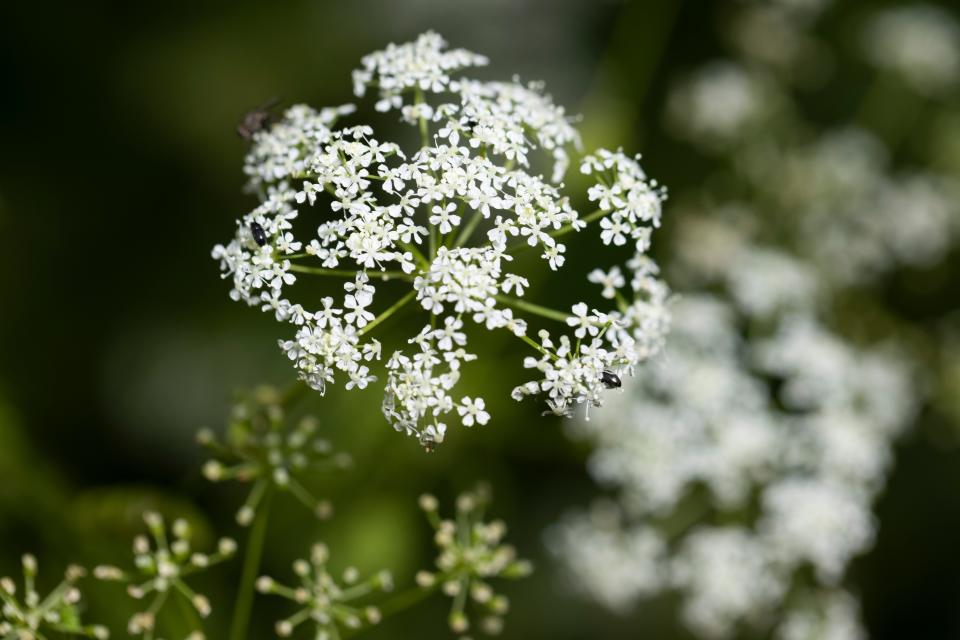
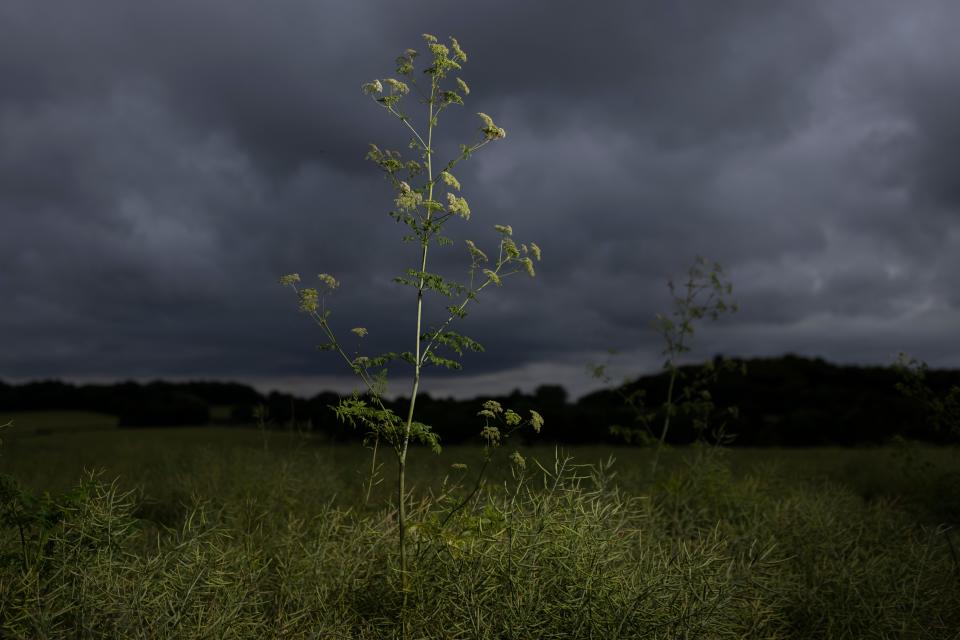
Is poison hemlock poisonous to touch? Which parts are poisonous?
The USDA states that all parts of the plant are poisonous, that's the leaves, stem, fruit, and root, with the leaves being even more poisonous in the spring.
The toxins must be swallowed or enter the body through the eyes, nasal passages or cuts in the skin to induce poisoning, according Ohio State University Professor Mike Hogan.
Even small amounts of the plant can lead to death due to highly toxic piperidine alkaloid compounds that cause respiratory failure.
Spotted lanternflies are back: Here's what to know

What does poison hemlock look like?
Look for small clusters of white flowers that eventually develop into “green, deeply ridged fruit that contains several seeds,” USDA states. “After maturity, the fruit turns grayish brown.”
Poison hemlock has an "unpleasant" odor associated with alkaloids, according to the U.S. National Park Service.
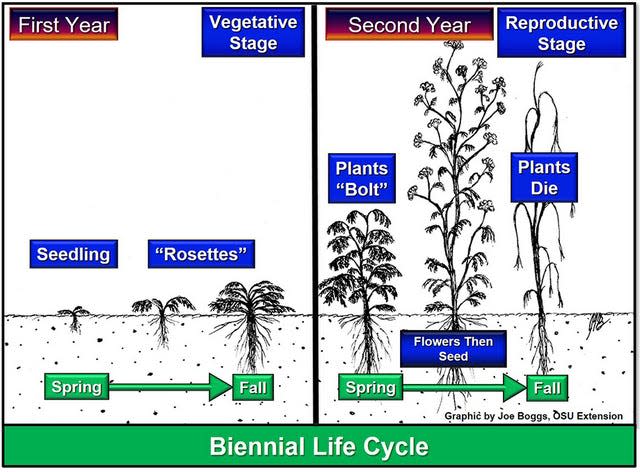
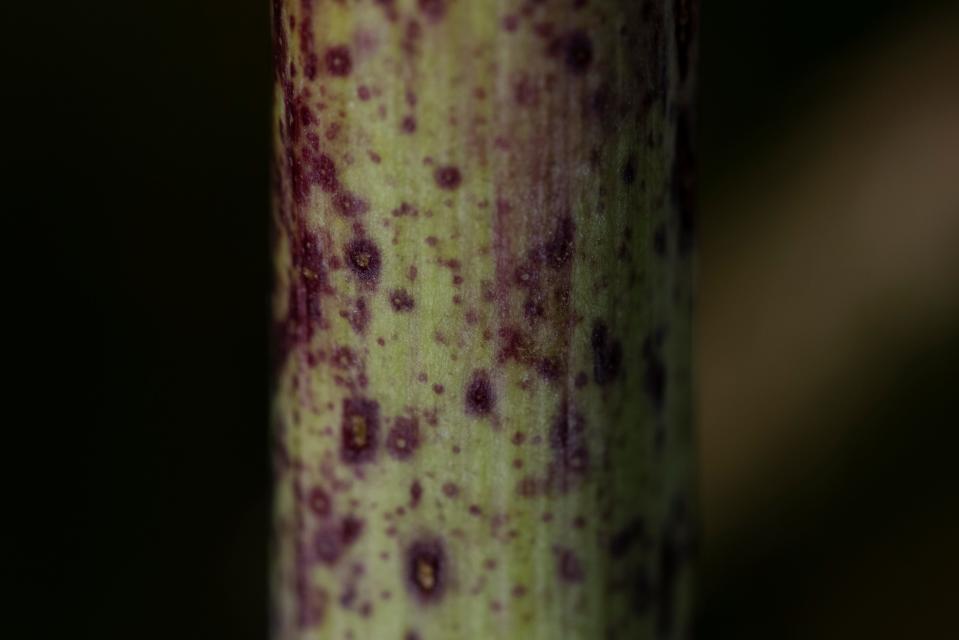
It may be two to 10 feet tall, according to the National Park Service. The hollow stem usually is marked with small purple spots.
Do not contact poison hemlock with bare skin, even with gloves, because sap can be accidentally rubbed into the eyes or ingested while handling food, according to Hogan.
Where does poison hemlock grow? What states can it be found in?
Poison hemlock generally grows in moist environments and is usually found along fence lines, in irrigation ditches, along roadsides, on the edges of cultivated fields, and in creeks.
The plant can be found in every state in the country, with the exception of Alaska, Florida, Hawaii and Mississippi, according to the USDA.
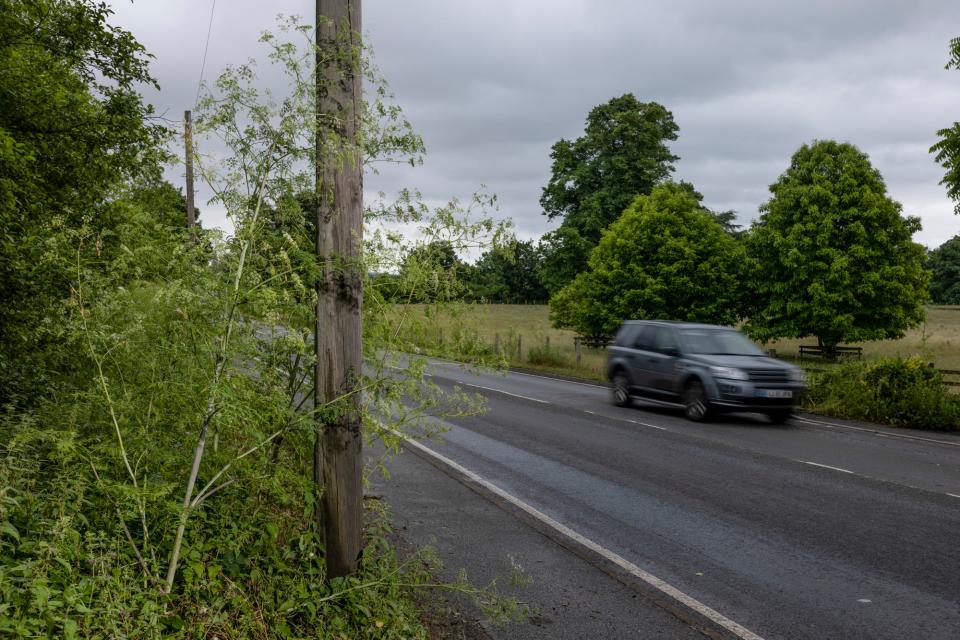
When does poison hemlock grow?
Poison hemlock is a biennial – which means that it spends its first growing season in a vegetative stage, without flowering or reproducing – and begins to grow around early spring. The plant can be perennial in certain environments.
Don't mistake poison hemlock for wild parsnips
Ingesting the plant's roots, often confused with wild parsnips, are a common way people are poisoned.
Due to their similar names, the deadlier western water hemlock is sometimes confused with poison hemlock. Convulsions are a common sign of western water hemlock poisoning, although convulsions have been reported in poison hemlock poisoning.

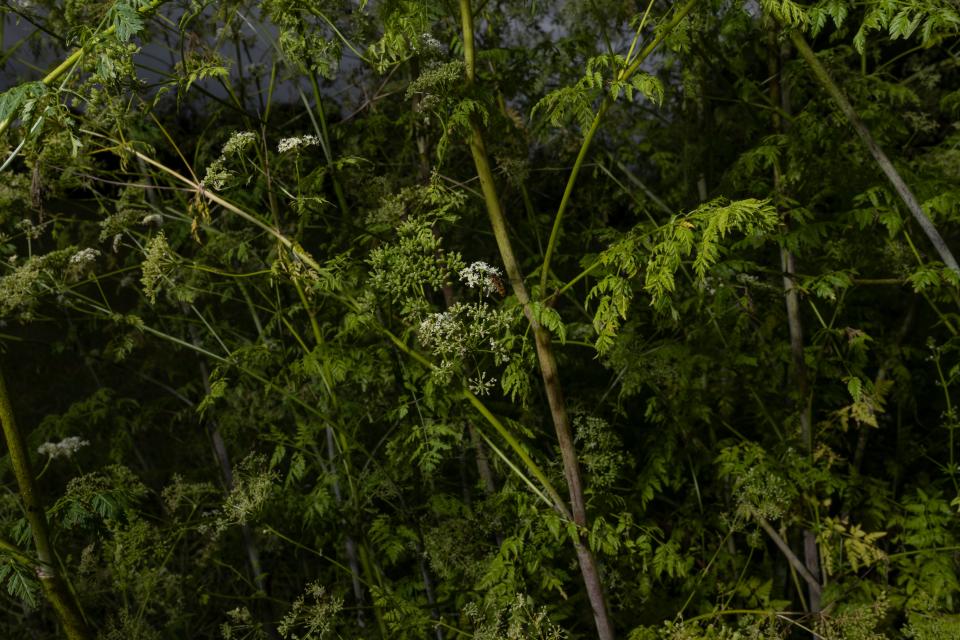
What are the symptoms of poison hemlock? Ingestion can be fatal
Immediate medical attention is warranted if accidental poisoning from this plant is suspected. Signs of poisoning usually appear within an hour after ingestion of the plant and death can occur in two to three hours.
Symptoms include trembling, salivation, lack of coordination, dilation of the pupils, rapid and weak pulse, respiratory paralysis and gastrointestinal irritation.
Bradford Pear trees: These invasive trees smell like rotting fish and kill plants
Poison hemlock does not cause skin rashes or blistering.
An herbicide can be used to control this dangerous plant and will minimize the risk of direct contact with it.
Contributing: The Columbus Dispatch
Camille Fine is a trending visual producer on USA TODAY's NOW team.
This article originally appeared on USA TODAY: What does poison hemlock look like? Where is it found? What to know

